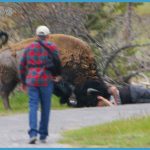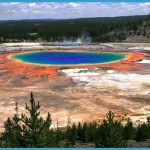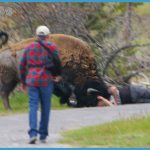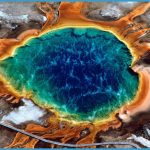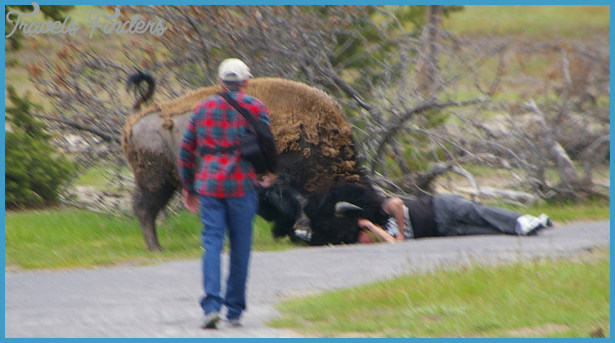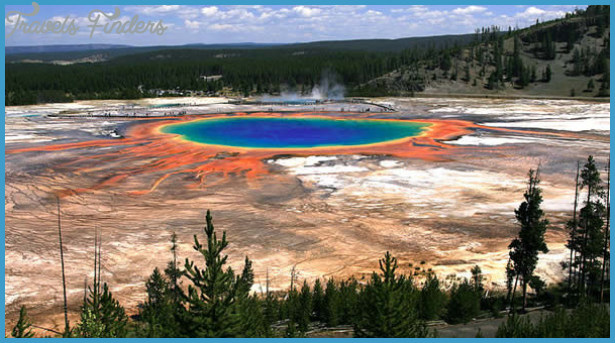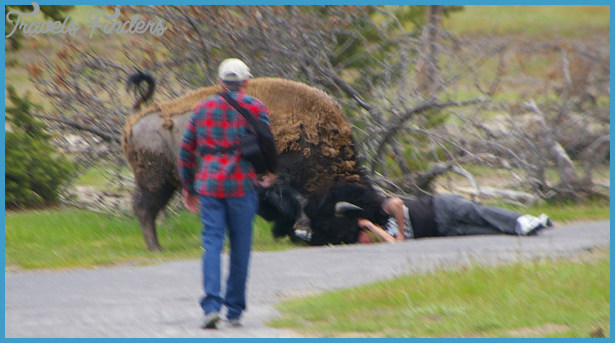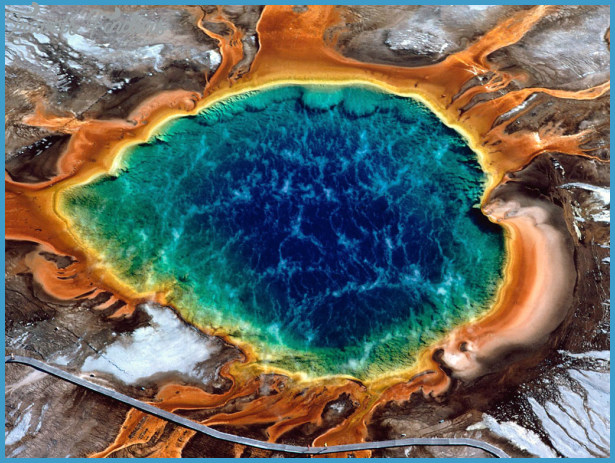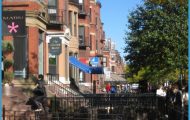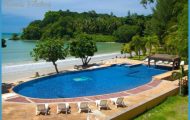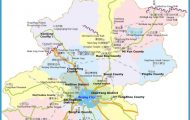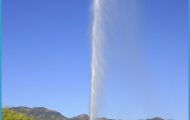In June or September, you’ll find fewer people than in midsummer (see When Is the Best Time to Visit? for other seasonal information). If you can arrange your stroll around Upper Geyser Basin or the Mammoth Terraces for early morning or late evening, it may be yours to enjoy alone. Above all, what you need to truly enjoy the park is adequate time spent out of your vehicle, in order to observe and savor all the park’s treasures. You’ll find numerous wonderful short hikes to take in the chart on s 370-72. Check the Best Sights of Yellowstone list on s 17-19 to help you plan your visit.
I also list less-known places I love, none more than one-half mile (0.8 km) from a road. This road guide is designed for visitors traveling in their own or a rented vehicle or by bus, particularly during the warm months of the year, when all destinations are accessible. This is high mountain terrain, and most roads in Yellowstone are not plowed between early November and mid April. Winter travel by snowcoach or snowmobile is limited to only a few places in the park. Most accommodations are open from mid May or early June until mid September or early October. You’ll encounter the best weather in July and August, but also the most people. Weather in Yellowstone’s summers is unpredictable, ranging from hot sun to rain and hail. Lightning storms are common, especially in late afternoons. It can snow or the temperature can drop to freezing any month of the year.

